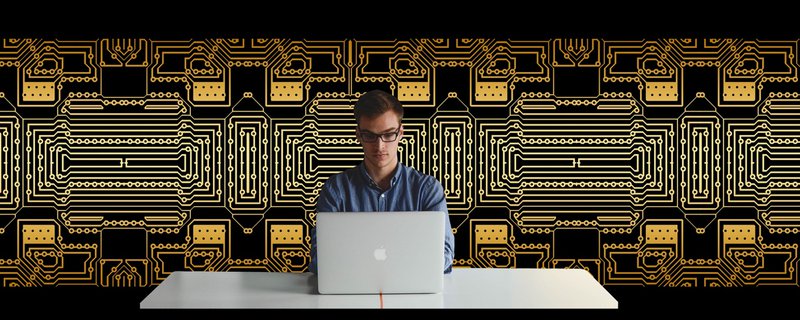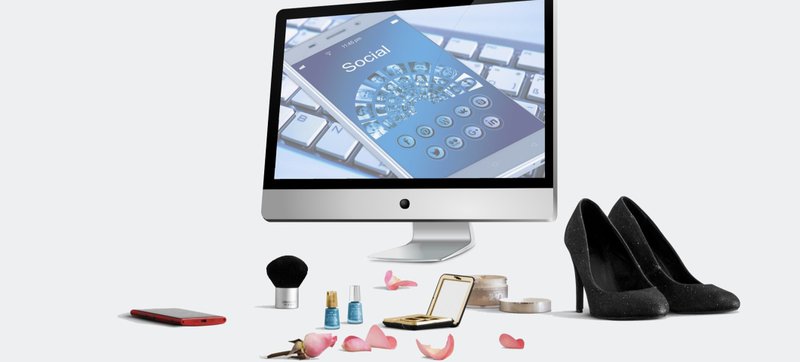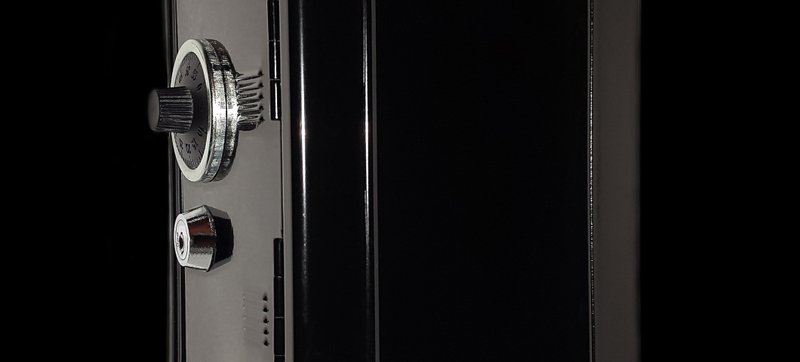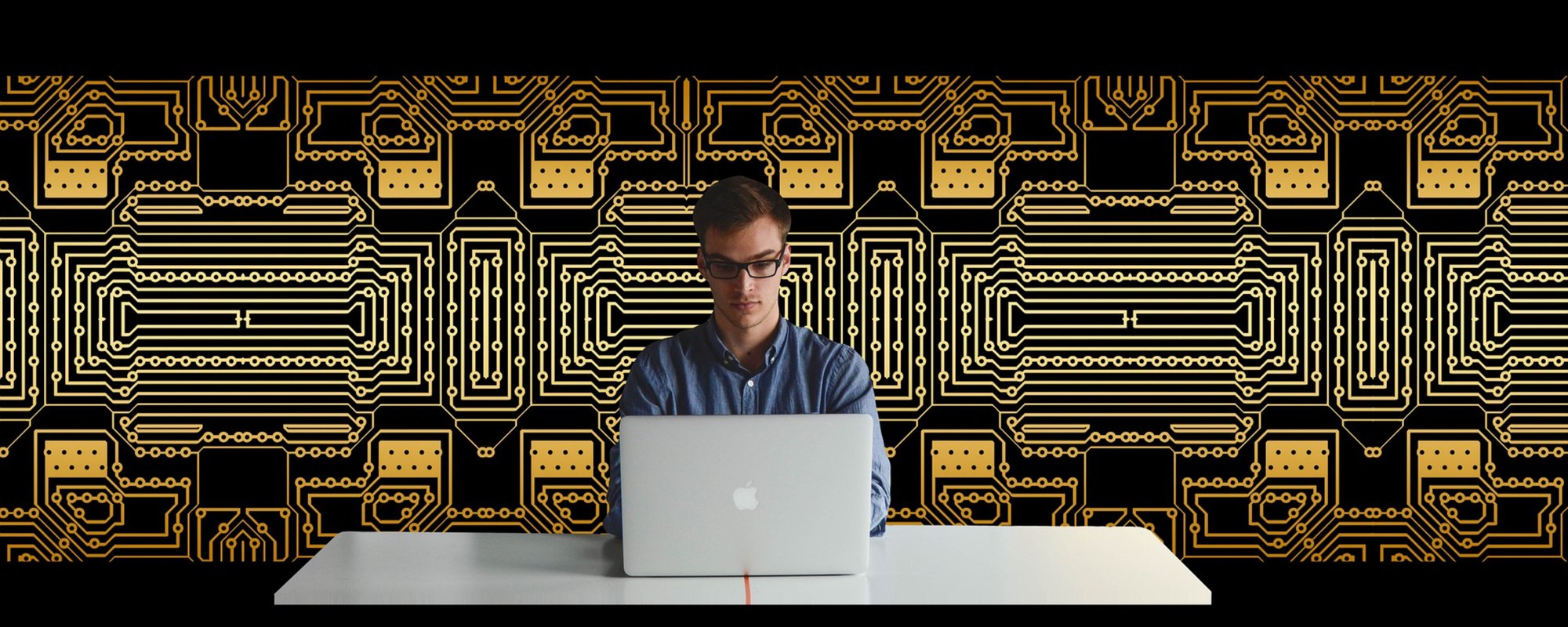A Primer on Treating Digital Assets More Like Physical Assets to Protect Valuables

Our lives are wrapped up in a digital world. We have scattered usernames, passwords and personal information all across the internet. We have created and stored a lifetime of documents stuffed with banking info and tax information on personal computers.
Then we use smartphone to connect our personal repositories with internet destinations, where we conduct day-to-day living.
Protecting those three digital worlds is of utmost importance. If you're overwhelmed by the thought of it, or just not sure how to get started with protecting them, the rest of this article will get you started.

What me worry?
Bad things can happen that severely disrupt your ability to function. Some threats come from bad people. Other threats are just bad luck. For instance:
- If your computer crashed right now, do you have a notion of how to fix it or at least recover your files?
- If your computer is infected with malware or ransomware, how will you get it fixed?
- If you accidentally delete important files do you know how to get them back?
- Do you password protect your computer? What about your wireless network?
- When you travel, do you use just any old wireless network you find?

What should I do to feel secure?
There are a few principles of safety from real life that you should follow in your digital life as well:
- Be wary when you talk to strangers, especially those bearing gifts
- If need to visit a place you know nothing about, try to learn about it before you go there
- Lock your doors
- Don't leave valuable out in the open
That won't prevent any bad thing from ever happening to your digital life, but they are things you can control and taking a few easy steps of prevention will protect you from some obvious risks.
Let's cover these security principles one by one.

Secure your valuables
The first principle of securing your digital assets is backup and recovery. Whether you use your computer for managing your family life or earning a living, you need to backup up your data at a minimum. Ideally, you would also backup the system so that, in case of a disk crash, you can recover and get back to work.

Backing up data
The easiest way to back up your data is to use a cloud service such as DropBox or OneDrive. You place your critical files in the folders managed by those services, work from those folders, and let the cloud service manage the versions. It's affordable and effective (but not perfect).
Using a cloud service means you have to be connected to the internet to get the benefit. That's doable.
The bigger challenge is that, should someone hack the cloud service, or steal your password, your critical data is vulnerable. That caveat notwithstanding, I think the risk is worth it, and use both services myself.

Backing up a system
Slightly more challenging is effectively backing up your system so that it can be recovered. if you've ever purchased a portable external hard drive, they frequently toss in a free backup and restore software system. I have never found one of those to be effective. They require you to actively backup the hard drive, and I would forget. I would forget for years at a time.
That was so useless, I went in search of a better way.
I found Macron systems, which has both a free and a reasonably priced solution, called Reflect, that will schedule the backups automatically, and can be used to recreate the hard drive should it crash and have to be replaced. It demands a slight learning curve, but once you get it set up it's okay to forget it because you don't have to worry. Once again, here is the (non-affiliate) link to Macron Reflect.
You purchase an external hard drive, schedule the system backups to be made on that external drive, and let it rip. If you use a laptop, as I do, you'll need to plug the external hard drive in whenever you're back home, and the software will continue the backups at that point.
Lock your doors

Windows Login
If you use a laptop and take it with you places, you should have a password on your Windows account. If it's lost or stolen, at least make someone figure out your password to access your files.

Wireless Network
If you have a wireless network in your home, assign a password to gain access to the network. Almost all recent wireless routers come with the network password protected. However, you should still log into the router and change the admin password. Once you're there, change the wireless network name and password to something of your choosing.

Learn about the place you're visiting
If you travel and hope to use wireless networks you encounter along the way, be extra careful. A recent exploit is for bad guys to set up wireless networks in public settings — coffee shops, libraries, etc. — that sound like the locally hosted network. Something like "Starbucks 2" or "Barnes and Noble Alt." sounds legit. It may not be. By routing your wireless network traffic through their machine, they can stiff the traffic, crack encryption, and steal your passwords.
If anything unusual takes place while connecting to a new wireless network, don't give them a second chance. Find another source, or wait until you're in a safe place before connecting.

How to surf the web safely while traveling
The safest method is use a mobile hot spot of your own. If you have unlimited data on your cell phone, you may be able to use the mobile hot spot feature on your phone to provide your own private and secure connection. Just remember to use a password on the wireless network.
You can also purchase a mobile wireless network hot spot and take it with you.

Beware strangers bearing gifts
The greatest modern risk today comes in the form of email attachments or website downloads that are malware, spyware or ransomware in disguise. The bad guys use social engineering tactics to convince you that the attachment or download is low risk and very routine contents. Once activated though — usually by opening a Word document, Excel spreadsheet, or executable-in-disguise — the exploit works in the background to establish itself on your computer.
Then it gathers information and sends it back to the bad guy. Or it encrypts your computer files, holding them ransom.

Beware USB charging cables too
As if all this weren't enough, there are USB cable in the wild that have a chip in them that will potentially exploit your smartphone. If the connector looks a little weird, or your not sure about the person offering you the connector, or the place you found it, try to find one you trust.
You can purchase charging-only USB cables to be safe, if that peace of mind is important. (I always carry extra cables, so I've not been presented with this one.) Here's the (non-affiliate) link if you're interested.

Reprisal: What should I do to feel secure?
We've discussed the dangers, so let's review them again about how to secure your digital life:
- Beware of strangers bearing gifts — don't open attachments or downloads unless you're confident about the source.
- When traveling, use only trusted networks.
- Use passwords on your computer and wireless network.
- Have a file and computer system backup routine that you can trust
If you are lax in any of these areas, start now to lead a more secure digital life. Backup your files. Use passwords. Connect only to trusted networks.
Oh, and beware of attachments from strangers. They aren't gifts.
If you have any questions or comments, post them below. I'd love to hear your thoughts.
